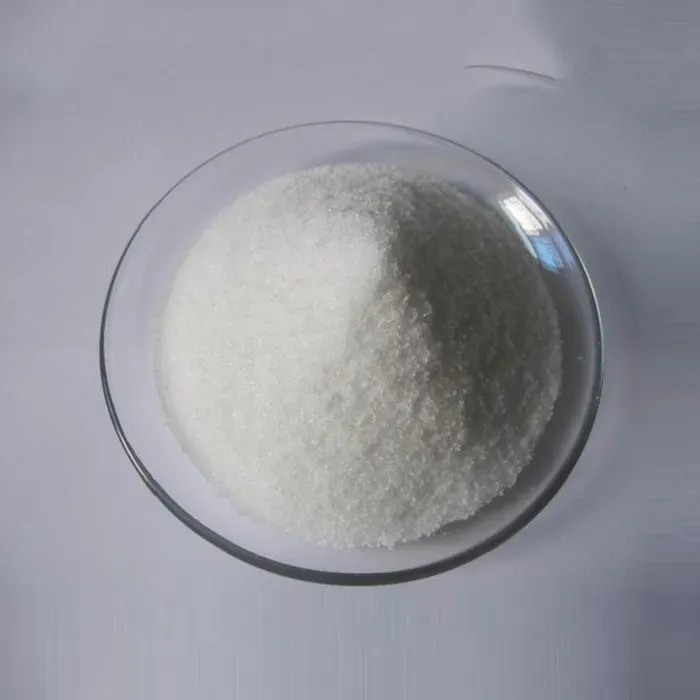Chemicals Used in Water Treatment
Water treatment is an essential process that ensures the availability of safe and clean water for human consumption, agricultural use, industrial applications, and recreational activities. Various chemicals are employed in this process to remove impurities, disinfect water, and make it suitable for consumption. Understanding these chemicals and their functions can provide valuable insight into how water treatment facilities operate and the significance of clean water for public health.
Coagulants
One of the primary categories of chemicals used in water treatment is coagulants. These substances are added to water to help clump together suspended particles, allowing them to settle out of the water more easily. Common coagulants include aluminum sulfate (alum), ferric sulfate, and polyaluminum chloride. The process of coagulation is crucial because it reduces turbidity, making the water clearer and safer by removing pathogens and pollutants. Following coagulation, the water often undergoes sedimentation, where the larger, clumped particles can settle to the bottom, separating from the cleaner water above.
Flocculants
Flocculants are another set of chemicals used in water treatment. While coagulants combine particles into larger clumps, flocculants help bind these clumps together into even larger aggregates, or flocs. This makes it easier to remove them during filtration. Common flocculants include polyacrylamide and natural polymers like guar gum. Flocculation is a critical step in the treatment process, as it further clarifies the water and assists in the removal of contaminants.
Disinfectants
Disinfection is a crucial step in ensuring the safety of drinking water. Various chemicals are used for this purpose, with chlorine being the most widely used disinfectant worldwide. Chlorine and its compounds, such as chloramine and chlorine dioxide, are effective at killing bacteria and viruses that can cause waterborne diseases. However, disinfection by-products, such as trihalomethanes (THMs), can form when chlorine reacts with organic matter, so many treatment facilities monitor and manage disinfection levels carefully.
what chemicals are used in water treatment

Additionally, alternative disinfection methods are gaining popularity, including ultraviolet (UV) light treatment and ozone. UV treatment uses light to inactivate microorganisms without adding chemicals to the water, while ozone is a powerful oxidant that can kill bacteria and viruses. Both methods have the advantage of producing fewer harmful by-products compared to traditional chlorine-based treatments.
pH Adjusters
The pH level of water is another critical factor that affects water quality and treatment efficiency. Chemicals such as lime (calcium hydroxide) and sulfuric acid are often used to adjust the pH of water to optimal levels for coagulation, disinfection, and overall water quality. Maintaining appropriate pH levels is vital, as extreme pH values can lead to corrosion of pipes and fixtures or diminish the effectiveness of other treatment chemicals.
Antiscalants and Corrosion Inhibitors
In addition to the primary treatment chemicals, various additives like antiscalants and corrosion inhibitors are used to improve the overall efficiency of the water treatment process. Antiscalants prevent the formation of scale on treatment equipment, which can obstruct flow and reduce efficiency. Corrosion inhibitors protect pipes and infrastructure from deterioration, extending their lifespan and reducing maintenance costs.
Conclusion
In conclusion, water treatment relies on a diverse array of chemicals, each serving a specific purpose in ensuring safe and clean water. From coagulants and flocculants to disinfectants and pH adjusters, these substances play a crucial role in removing impurities and providing high-quality water for various uses. As water scarcity and pollution continue to pose challenges globally, understanding and optimizing the use of these chemicals will be paramount for maintaining public health and safeguarding our vital freshwater resources.

